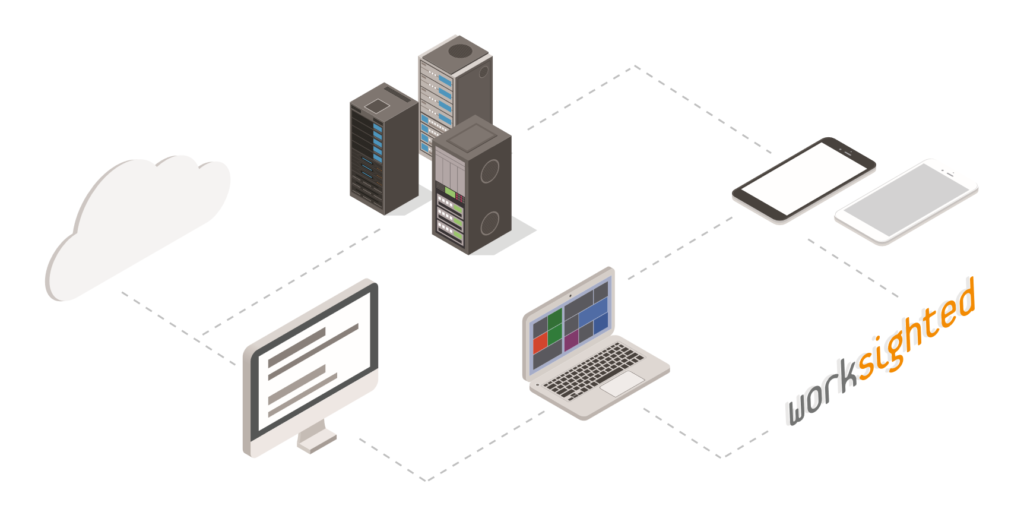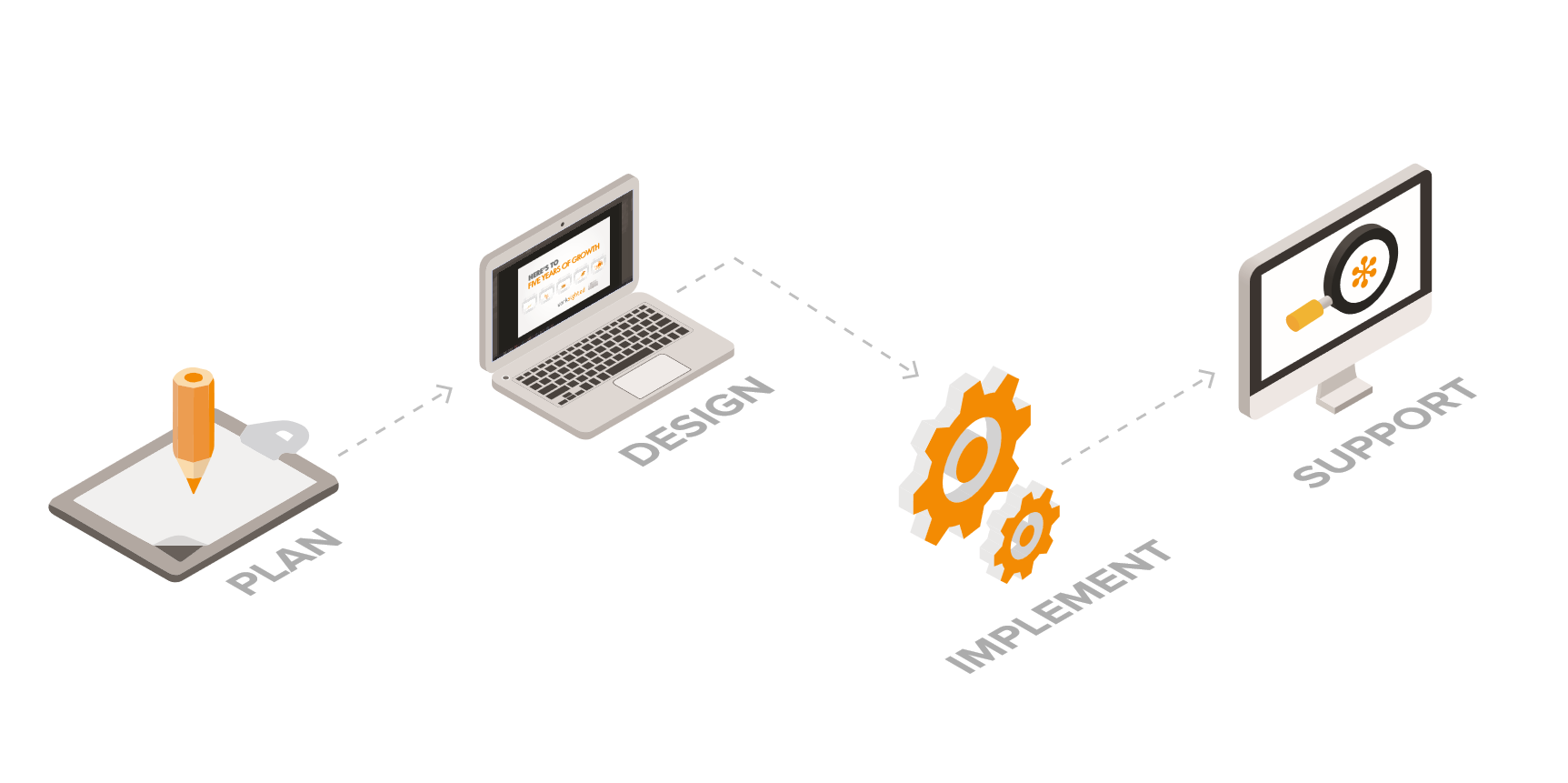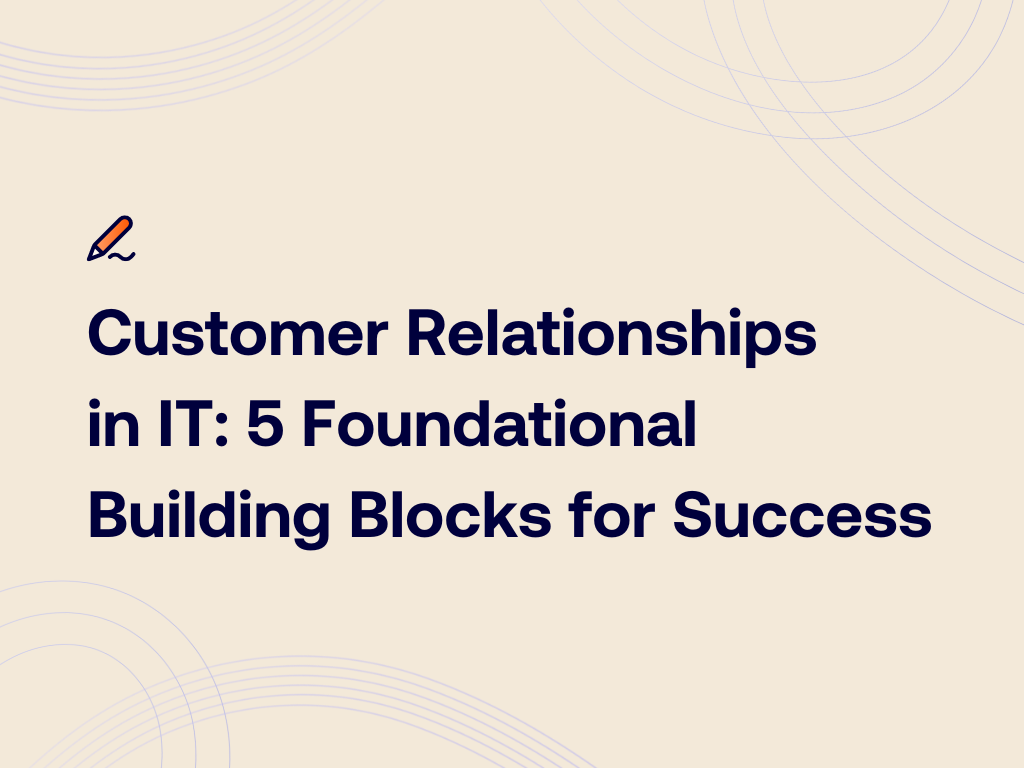4 Easy Steps to Turn Seminars Into Webinars
With the COVID pandemic and widespread switch to remote working, organizations are finding that they can no longer host in-person events. Until now, these were a valuable part of connecting with current and potential clients. But there is an alternative.
Webinars aren’t a new concept. And over the last year they’ve become an increasingly important way for companies to connect with their audiences from the comfort of their bedrooms or kitchens. But if you want to make an effective and engaging webinar, you need to make sure you’re taking the steps to get it right.
At Worksighted, we spend a lot of time creating webinars that (we hope) truly engage our audience. In this blog, we wanted to share some of the things we’ve learned. Here are four steps to get you started.
1. Choose your webinar topic
Getting the right topic is a vital part of a successful webinar. Fundamentally, your topic needs to be:
- Something that can generate genuine interest
- A topic that you have something unique to say about
It’s important to find a unique angle on what you’re discussing. For example, discussing the move to a remote workplace has already been discussed at some length this year. But if you have a new and innovative solution for how to tackle the challenges of remote working, for example, then that could be a fresh and interesting approach to a well-covered topic.
To discover what your audience is interested in, it’s a good idea to get in touch with your sales, marketing and customer service teams. Discuss the questions that customers are asking, their problems, and how can you create content that addresses them. This is the first step in creating an effective remote webinar.
2. Find the right people to discuss it
Choosing the right people for a webinar is a crucial next step. First, you need to have the relevant experts in the room – the people in your organization that really know their stuff and can provide the all-important, unrivalled insight. If you’re hosting a webinar about cybersecurity in a remote world, for instance, it’s important to get somebody in the room who’s an expert in this subject matter. Their credibility will also be a valuable draw for your prospective attendees.
As well as this, it can also be helpful to have people talking who communicate with clients every day because they’ll have vital experience in the kind of language and concepts that really resonate with them. Most importantly, it’s helpful to make sure the people talking have a natural chemistry and can talk in a way that’s engaging, transparent and enjoyable. Keep it natural and friendly and you’ll be well on the way to a winning piece of webinar content.
3. Plan what you’re going to say
If you’ve got a subject expert in the room, there’s a good chance that you’ll already have a solid idea what will be covered. But it’s important that everybody is on the same page about what you’re going to be discussing and when. So, it’s helpful to gather all the participants before you start the webinar, to work out the structure, define the content, and make it clear who’s going to be speaking and when. This will ensure the session flows naturally, and there aren’t any embarrassing moments if, for example, someone doesn’t know that it’s their turn to speak.
When planning the webinar, create a PowerPoint presentation in much the same way as you would for a client pitch or company meeting. This helps create a visual element to the presentation without producing complicated graphics or animations. But it also ensures the people presenting have some visual cues to work from, and that they can present in a style that’s already familiar and comfortable.
4. Get the word out there
Without effective marketing, it doesn’t matter how well planned your webinar is. Make sure you start putting the word out there about your webinar far enough in advance – both on your website and on social media. If you’re in the B2B space, LinkedIn and Twitter will be vital channels here. The people appearing in the webinar should also leverage their own connections and networks.
As with any event, the trick is to remind people enough that they remember, but not so much that they get sick of hearing about it. So be sure to post about the event a few weeks before, and then remind your audience every three to four days before it starts. Also, don’t forget to record the webinar so that you can continue promoting it long after the event is finally over as an on-demand video.
Effective webinars that really land
In this increasingly remote world, webinars are fast becoming go-to content for companies looking to connect to their audiences in a friendly and engaging way. If you’ve followed the steps we’ve outlined in this blog, you’ll be well on your way to creating a webinar that really lands. But just before you get started, there’s one other thing you need to get started: The right technology.
At Worksighted, we work with companies every day to make sure that their collaboration, meeting and communication technology works. So, whether you need to set up remote meeting or host virtual webinars, we can make sure you’ve got the right software in place when you need it.
If you want some inspiration on creating webinars, check out some of our recent ones. Alternatively get in touch with our team to talk about how we can help with your technology.




